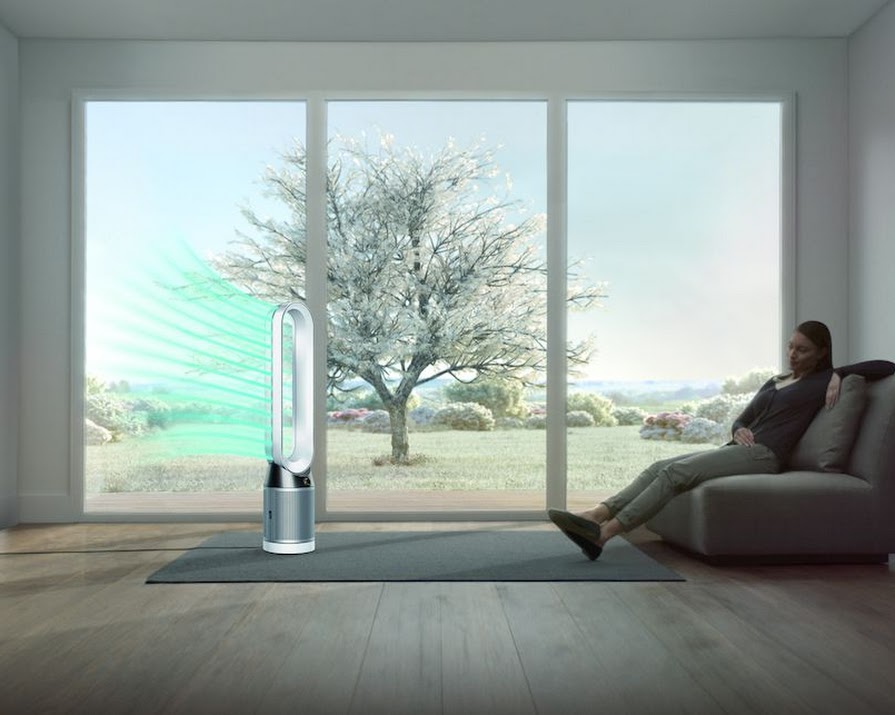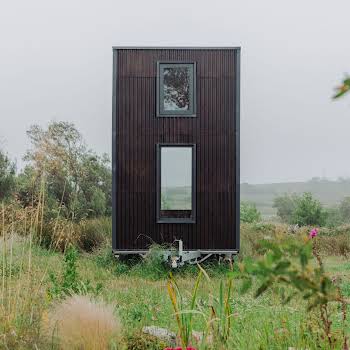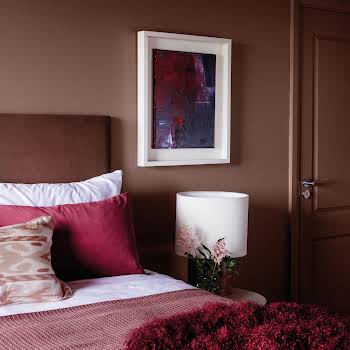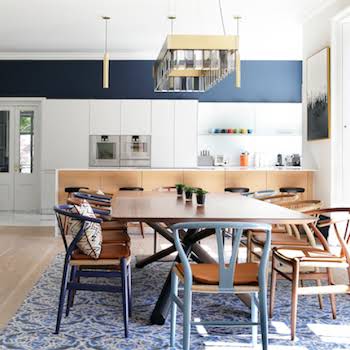
By IMAGE Interiors & Living
28th Mar 2018
28th Mar 2018
Sponsored By

As homes become better insulated and our awareness of home environment rises, removing pollutants and allergens is becoming increasingly important in contemporary interior design. In fact, the US Environmental Protection Agency have said air pollution can be up to 5 times worse indoors, than outdoors. We find some reasons why, and look at ways you can quietly improve your home’s air quality.
- You’ve recently painted walls.
It’s second nature to open all windows during and after painting and varnishing, and for good reason. While paint’s ability to cause headaches and dizziness is well-established, it is only recently that most consumers have readily considered the VOC (volatile organic compounds) contents of what’s on their paint brushes. Formerly only a few paint manufacturers offered zero VOC paints, but now most makers offer low or zero VOC alternatives, so do check the label. - You’ve recently installed new flooring or carpet, or bought new furniture.
Similarly to paint, artificial varnishes and glues can release chemicals. Always check with your supplier what components make up what you’re buying so you can make an informed decision. - You live on a busy road.
Car exhaust emissions, petrol fumes and dust are all well-known street pollutants. Accordingly, those who live by busy thoroughfares are not in the habit of opening their home’s windows. While this does stop air pollution from easily getting inside, sealing up your home with no ventilation at all, is not ideal either. As such, mechanical ventilation may be necessary. - You buy cleaning products.
Most shop-bought cleaning products contain gases and chemicals that enter the air when you open them or spray the product. However, cleaning products can even release emissions when they are being stored unopened, so bulk buying is not advised. If you’re conscious of this, opt for eco-friendly products or make your own detergents with combinations of baking soda, vinegar and tea tree oil, with citrus juice and rinds. - Someone in your household smokes indoors.
This is an obvious one. On top of the hazards of second-hand smoke, smoking also releases an odour that can hang around. The Dyson Pure Cool purifier handily picks up both. - You live in an old house.
There are many air quality factors to consider with older buildings. In construction, many use less-advanced materials that release VOCs, while poor sealing can allow exterior pollution and allergens inside. Also, if your home is prone to damp, moulds can also become airborne. An air purifier can deal with a myriad of these issues, while also offering a heat function – very useful in uninsulated rooms. - You’re a big fan of candles.
Many candles produced on a mass scale use artificial ingredients, such as “limonene”, which has been shown to change to formaldehyde when exposed to air. Look at candle ingredients the same way you’d look at a food label. Unscented candles or those with added essential oils are better options for the air quality conscious.
Paul Dawson, VP for Dyson Health and Beauty, understands that “a multitude of factors affect air quality”. With many connected purifiers now online worldwide, he recognises that while air purifiers can provide the technology to enable owners to track the air quality in their own homes, ultimately it is individuals who need to take action – although tech makes it far easier.

“Owners can even keep track of the air quality history from their phone, allowing them to monitor peak pollution times, for example during allergy seasons or when cooking. We also have automode which actively monitors the air and when harmful pollutants are detected, it automatically purifies the air. Its smart machine is able to assess and react to its surroundings.”
With urban pollution increasing globally and more airtight modern homes being built, using design and engineering to tackle indoor air pollution is high on Dyson’s priority list. “I’m confident we’ll see people make considerations beyond air quality. Lighting, sound, ergonomics all affect our wellbeing indoors.”

Dyson purifiers can remove 99.95% of ultrafine particles and harmful volatile organic compounds present in the air. The Dyson Pure Cool purifier fan is available from Dyson.ie and retails at €549.99.























